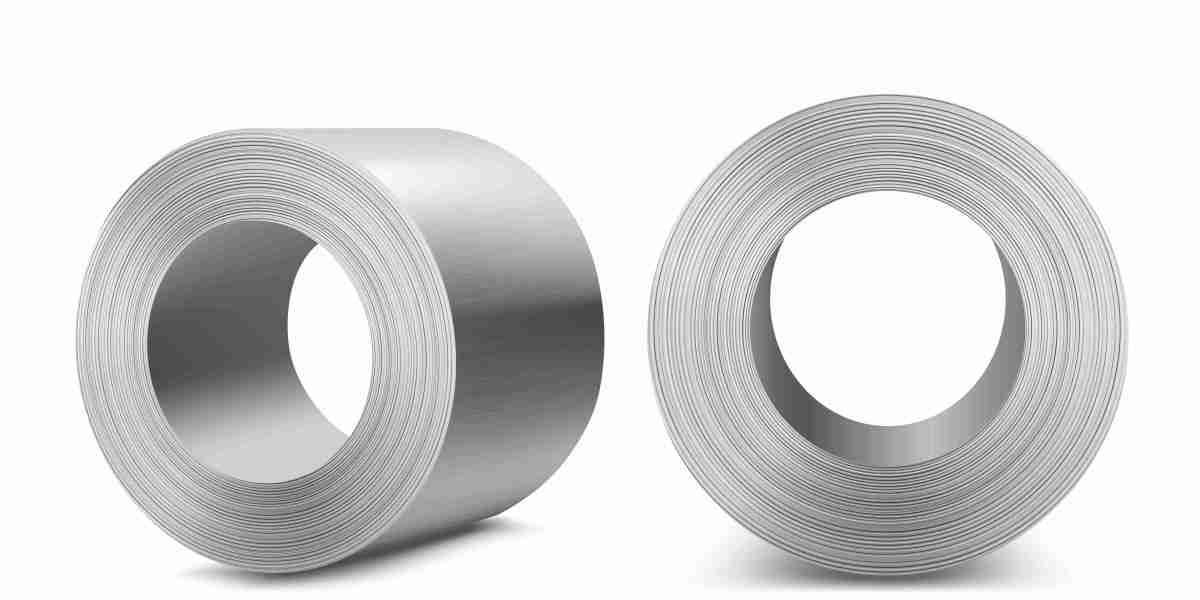Introduction
HRC steel, standing for Hot Rolled Coil steel, plays a pivotal role in various industries worldwide due to its versatile applications. However, the pricing of HRC steel is not governed by singular factors; instead, it is intricately influenced by a multitude of dynamics within the global steel market. Economic conditions, industrial activities, trade policies, and regulatory frameworks all contribute to the fluctuation of HRC steel prices. Additionally, market sentiment, technological advancements, and geopolitical events further complicate the pricing landscape.
Demand-Side Factors
Economic Growth and Industrial Expansion
The demand for HRC steel often mirrors economic growth trajectories. As economies expand, so does the need for infrastructure development, manufacturing, and construction projects, all of which rely heavily on steel.
Construction and Infrastructure Projects
Major construction initiatives, such as building new residential complexes, bridges, and roads, contribute significantly to the demand for HRC steel. Infrastructure development, particularly in emerging markets, fuels the consumption of steel products.
Automotive Industry Demand
The automotive sector is a substantial consumer of HRC steel, utilizing it in vehicle manufacturing processes. Fluctuations in automotive sales and production levels directly impact the demand for HRC steel globally.
Supply-Side Factors
Raw Material Availability and Costs
The availability and cost of raw materials, such as iron ore and coal, influence steel production costs. Any disruptions in the supply chain or price fluctuations of these materials can affect HRC steel prices.
Production Capacity and Utilization Rates
The capacity and utilization rates of steel mills dictate supply levels in the market. High utilization rates coupled with limited capacity expansions can lead to supply shortages and upward pressure on prices.
Trade Policies and Tariffs
Trade policies, including tariffs and import restrictions, can alter the flow of steel across borders. Changes in trade agreements or the imposition of tariffs impact the global supply and demand balance, consequently affecting HRC steel prices.
Market Speculation and Sentiment
Investor behavior and market sentiment play a significant role in shaping HRC steel prices. Speculative trading activities and perceptions about future market conditions can lead to price volatility and fluctuations.
Currency Fluctuations
Exchange rate variations affect the competitiveness of steel exports and imports. Currency fluctuations can influence the pricing dynamics of HRC steel in global markets, especially for exporters and import-dependent countries.
Global Trade Dynamics
Import and Export Trends
The interplay between import and export volumes affects the availability of HRC steel in different regions. Shifts in trade patterns and volumes can influence price levels and market equilibrium.
Trade Agreements and Restrictions
Trade agreements, such as free trade pacts or regional trade blocs, impact the flow of steel products across borders. Conversely, trade restrictions and protectionist measures can disrupt trade flows and affect HRC steel prices.
Environmental Regulations
Compliance Costs for Steel Producers
Stringent environmental regulations impose additional costs on steel producers, particularly in terms of emissions control and waste management. Compliance with these regulations can impact production costs and, consequently, steel prices.
Impact on Production Efficiency and Pricing
Environmental regulations also drive innovation and investment in cleaner production technologies. Improved production efficiency and reduced environmental footprint may influence pricing dynamics in the steel industry.
Technological Innovations
Automation and Efficiency Improvements
Technological advancements, such as automation and process innovations, enhance productivity and reduce production costs in the steel industry. Adoption of these technologies can influence the cost structure and competitiveness of HRC steel.
Adoption of Advanced Manufacturing Processes
The adoption of advanced manufacturing processes, such as electric arc furnaces and continuous casting, improves the quality and consistency of steel products. Innovations in manufacturing techniques may impact HRC steel prices.
Competitive Landscape
Market Concentration and Competition
The concentration of steel producers and the level of competition in the market influence pricing strategies. Market dynamics shaped by competitive forces can impact the pricing behavior of HRC steel producers.
Pricing Strategies of Key Players
Key players in the steel industry employ various pricing strategies to maintain market share and profitability. Price competition and strategic pricing decisions can affect HRC steel prices globally.
Consumer Preferences
Shift Towards Sustainable and Eco-Friendly Materials
Consumer preferences for sustainable and environmentally friendly materials influence product choices across industries. The shift towards eco-friendly alternatives may impact the demand for traditional steel products, including HRC steel.
Influence on Steel Demand and Pricing
Changes in consumer preferences drive innovation and product development in the steel industry. Manufacturers may adjust their offerings and pricing strategies in response to evolving consumer demands, affecting HRC steel prices.
Government Policies and Stimulus
Fiscal Measures to Support Steel Sector
Government policies and stimulus measures aimed at supporting domestic industries can influence steel demand and pricing. Subsidies, tax incentives, and infrastructure spending programs impact the overall economic environment for steel producers.
Impact on Demand and Pricing
Government interventions can stimulate demand for HRC steel through infrastructure projects and construction initiatives. The effectiveness of these policies in bolstering steel demand influences pricing dynamics in the market.
Trade Disputes
Tariffs and Retaliatory Measures
Trade disputes between countries often involve tariffs and retaliatory measures on steel products. Uncertainty stemming from trade tensions can disrupt global steel markets and lead to price volatility.
Uncertainty in Global Steel Markets
The uncertainty created by trade disputes poses challenges for steel producers and consumers alike. Market participants must navigate changing trade dynamics and anticipate potential impacts on HRC steel prices.
Forecast and Outlook
Expert projections provide insights into future trends in the global steel market. Factors such as economic growth, trade policies, and technological advancements shape the outlook for HRC steel prices, guiding investment and strategic decisions.
Conclusion
In summary, the pricing of HRC steel is intricately tied to numerous factors spanning both demand and supply sides, encompassing economic conditions, industrial activities, trade policies, and regulatory frameworks. Additionally, market sentiment, technological advancements, and geopolitical events further contribute to its price volatility. Recognizing and comprehending these multifaceted influences is paramount for stakeholders to make informed decisions in the ever-evolving global steel market landscape. By understanding these driving forces, stakeholders can effectively anticipate market fluctuations and adapt strategies to mitigate risks and capitalize on opportunities, ensuring sustained competitiveness and success in the industry.
FAQs (Frequently Asked Questions)
1.What is HRC steel?
HRC steel, or Hot Rolled Coil steel, is a type of steel that is heated above its recrystallization temperature and then rolled into coils for various industrial applications.
2.How do economic factors influence HRC steel prices?
Economic factors such as GDP growth, construction activity, and automotive demand directly impact the demand for HRC steel, thereby influencing its prices.
3.What role do government policies play in shaping HRC steel prices?
Government policies, including trade tariffs, fiscal measures, and infrastructure spending, can affect both demand and supply dynamics in the global steel market, thereby impacting HRC steel prices.
4.How does market speculation affect HRC steel prices?
Speculative trading activities and market sentiment can lead to price volatility in the steel market, influencing HRC steel prices in the short term.
5.What are some long-term trends influencing HRC steel prices?
Long-term trends such as technological advancements, shifts in consumer preferences towards sustainable materials, and geopolitical developments play a significant role in shaping HRC steel prices over time.
To Get Real-Time Price of HRC Steel visit: https://pricevision.ai
Source: https://diigo.com/0w4lx6



